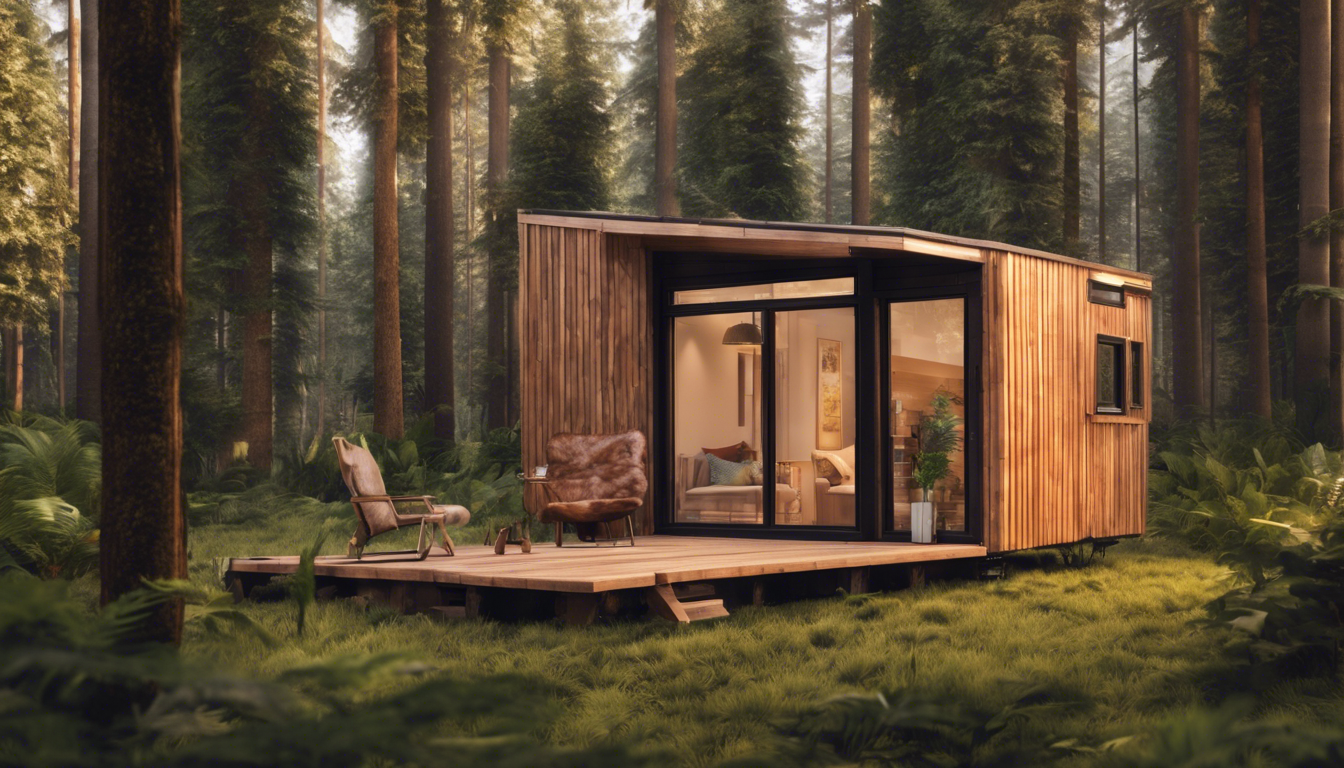Tiny homes offer a unique approach to sustainable living.
These compact structures promote a simpler, more eco-friendly lifestyle.
Many people choose tiny homes to reduce their carbon footprint and lower their living costs.
This article explores the benefits of tiny homes, including their environmental impact, financial advantages, the connection to minimalism, and how to navigate zoning and space challenges.
The Most Popular Modular/Tiny Home On Amazon
5. Overcoming Challenges: Zoning and Space Considerations
Tiny homes face zoning and space challenges.
Many areas have strict zoning laws that limit where tiny homes can be built.
These rules may require a minimum house size or specific land use types.
It is crucial to check local regulations before starting a tiny home project.
Additionally, space limitations can impact design and placement.
Homeowners must plan for efficient use of available area.
Solutions may include multi-purpose furniture and vertical storage.
Understanding these challenges helps in successful tiny home living.
Frequently Asked Questions
What are tiny homes and how do they promote sustainable living?
Tiny homes are compact living spaces typically ranging from 100 to 400 square feet.
They promote sustainable living by minimizing resource consumption, reducing waste, and encouraging a simpler lifestyle that prioritizes experiences over material possessions.
What positive environmental impacts do tiny homes have?
Tiny homes have a smaller ecological footprint than traditional homes, using fewer materials for construction and leading to less land use.
They often incorporate energy-efficient designs and can utilize renewable energy sources, thus significantly lowering carbon emissions.
What are the financial benefits of owning a tiny home?
Owning a tiny home can lead to significant cost savings, including lower mortgage or rent payments, reduced utility bills, and decreased maintenance costs.
Additionally, many tiny home owners can benefit from lower property taxes due to their smaller size.
How does living in a tiny home support a minimalist lifestyle?
Living in a tiny home encourages minimalism by limiting the amount of space available for possessions, prompting residents to prioritize their needs and values.
This often leads to improved quality of life, reduced stress, and a greater focus on relationships and experiences.
What challenges might I face when considering a tiny home?
Some challenges include local zoning laws that may restrict where tiny homes can be placed, finding appropriate land, and managing limited space.
It’s important to research local regulations and consider creative solutions for maximizing space and utility in a tiny home.



Leave a Reply